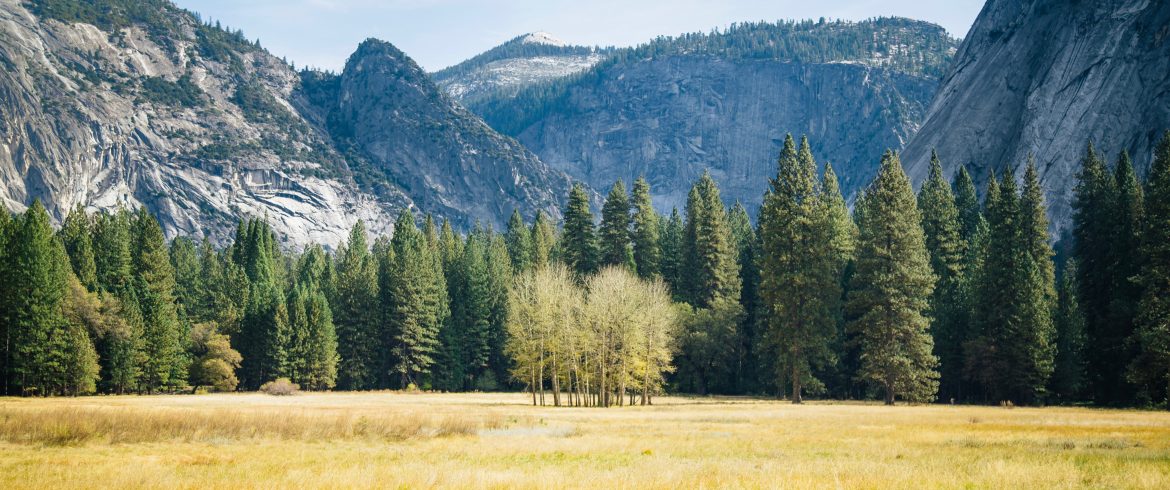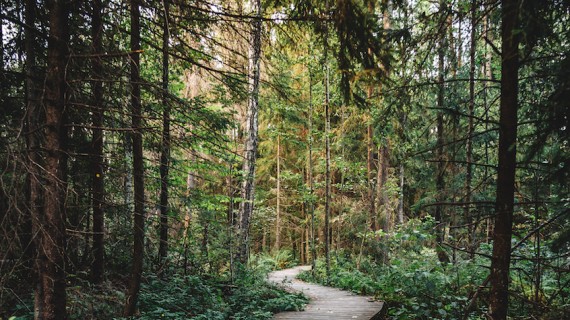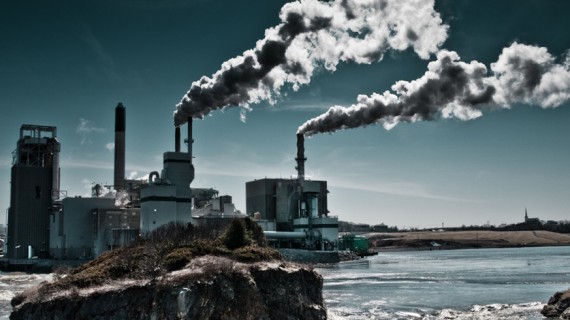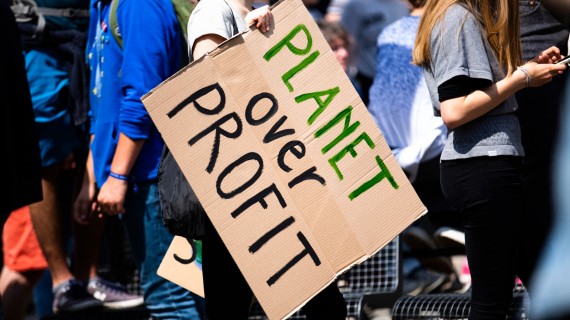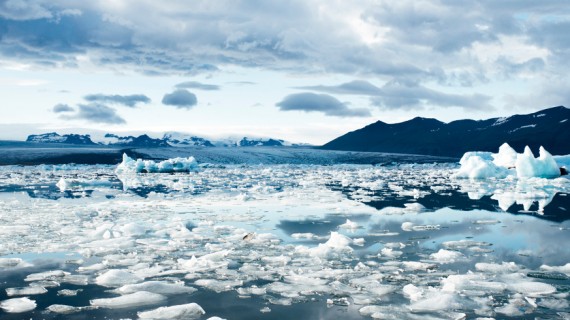The tipping points for global warming are points of no return, beyond which it would be difficult to maintain the optimal state of the environment. If these irreversible changes took place, the climate would change with effects on all the Earth’s ecosystems.
As for the latest scientific information summarized in 2018 and 2019 IPCC reports, even 2°C of increase of the earth’s temperature could trigger tipping points.
9 tipping points: points of no return for climate
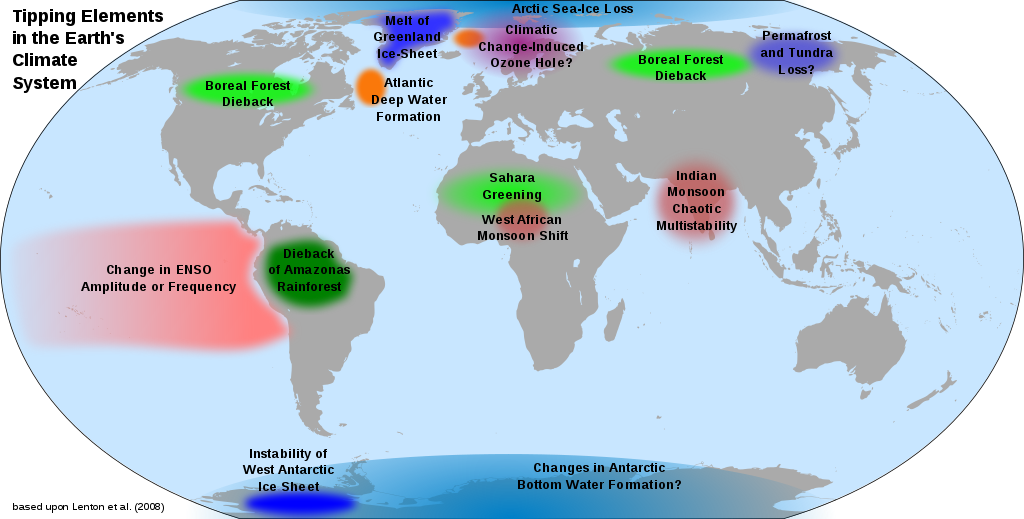
These points of no return are climatic hotspots, and they are important for the balance of the climate on Earth.
The planet has already reached 9 tipping points, but they have not yet been exceeded. These 9 points of no return are:
- the melting of arctic ice
- the ice cup of Greenland
- the boreal forest
- the permafrost
- Southern inversion of Atlantic circulation
- deforestation of the Amazon forest
- the loss of corals
- the antarctic ice cup
- the basin of Wilkes
The melting of Arctic ice
The thaw of Arctic ice is already a reality that we must face. With an increase of 2°C of the earth’s temperature, there is a probability between 10 and 35% that the Arctic region will remain without ice during the summer season. If this happened, it would lead to an immediate rise in tides.
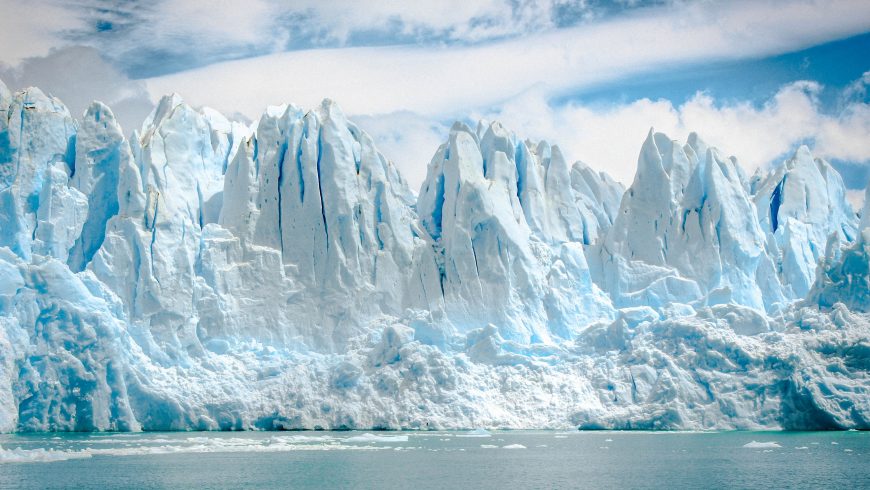
The ice cap of Greenland
With steady speed, Greenland’s ice cap is melting and could add 7 meters to sea level in the next thousand years. The melting of the ice cap would expose the surface to warmer air. If temperatures rose by 1.5°C, the ice cap could dissolve by 2030.
The boreal forest
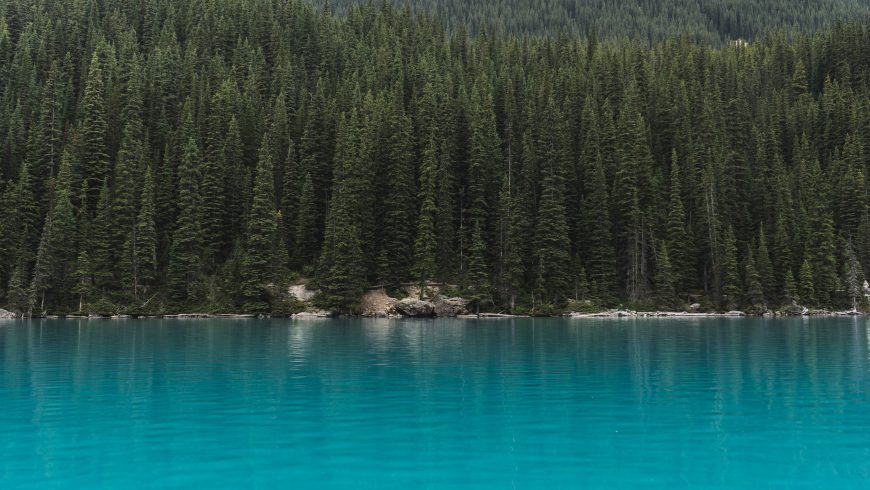
The boreal forest in the sub-Arctic region, one of the main terrestrial biomes, becomes increasingly vulnerable every year that passes. Coniferous forests in North America and the Siberian region account for one-third of the world’s forests. Nowadays, global warming has triggered a series of disturbances in insect populations. Also, it has caused an increase in the fires that devastate North America. However, the most tragic aspect is that the devastation of the boreal forests turns oxygen deposits into CO2 sources.
The permafrost
Permafrost is a soil typical of the regions of the extreme North Europe, Siberia and North America where the soil is perennially frozen. This type of soil belongs to the tundra regions and is typical of very rigid climates and very low temperatures. It is a very important biome, whose vegetation is reduced to only mosses and lichens. Because of global warming, the permafrost in the Arctic region is beginning to thaw. This involves the release of CO2 and methane into the atmosphere, greenhouse gases responsible for global warming.
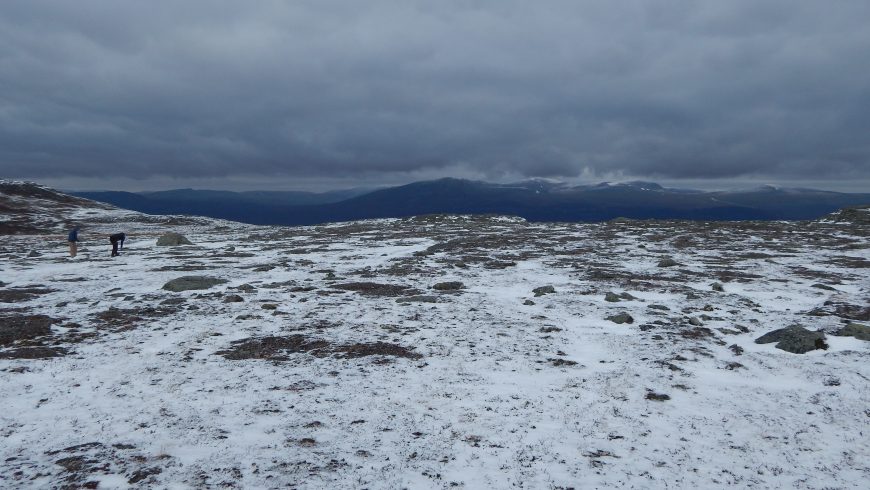
Southern inversion of Atlantic circulation
The southern inversion of the Atlantic circulation, abbreviated AMOC, is an important ocean current of the Atlantic Ocean. On one side, this current is characterized by a northward flow of warm saltwater in the surface layers of the Atlantic Ocean. On the other side, by a flow in the south direction of cold water in depth. So AMOC is an important component of our planet’s climate system.
The rapid melting of the ice cap in Greenland and a further slowdown of the AMOC could destabilize the monsoon of West Africa. This would lead to an increase in drought in the Sahel region of Africa.
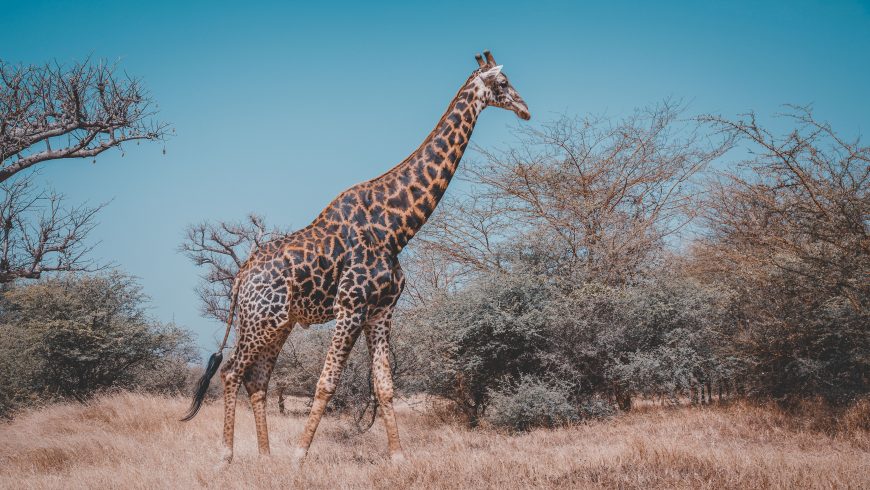
Deforestation of the Amazon Forest
Deforestation and climate change are destabilizing the Amazon forest, the largest rainforest in the world. Estimates on the point of no return of the Amazon range between 20 and 40% of loss of forest cover. About 17% has been lost since 1970.

The loss of corals
Global warming and water acidification have led to a massive whitening of corals. Also, it has led to the loss of more than half of corals in the shallow waters of the Australian Great Barrier. If the average global temperature increased by 2°C, the result would be the loss of almost all corals. This would represent a serious loss of marine biodiversity because corals are central to the balance of marine ecosystems.
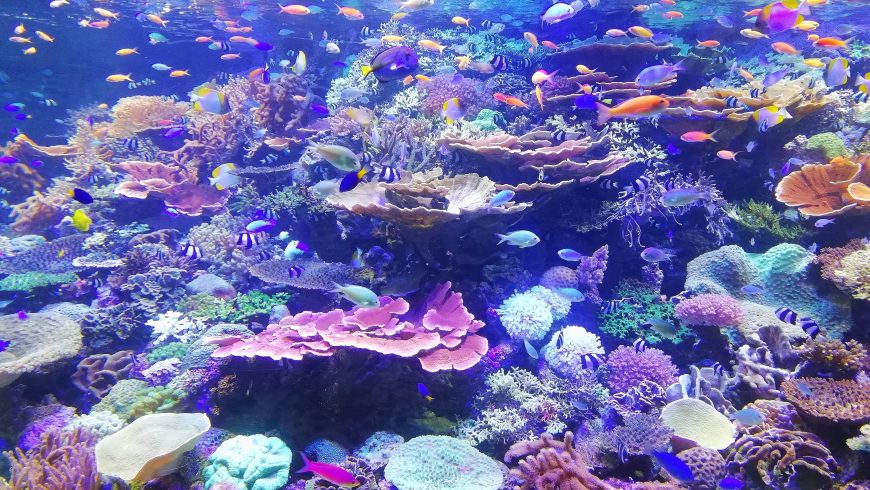
The Antarctic ice cap
Researchers have shown that the Western Antarctic Sea may have crossed the point of no return. The area where ice, ocean and rock meet is retreating irreversibly. When this “line of encounter” finally collapses, it could destabilize the rest of the Antarctic ice cap. With a domino effect, it could lead to a sea-level rise of about 3 meters high. This change would not be instantaneous, but it would apply over a hundred years.
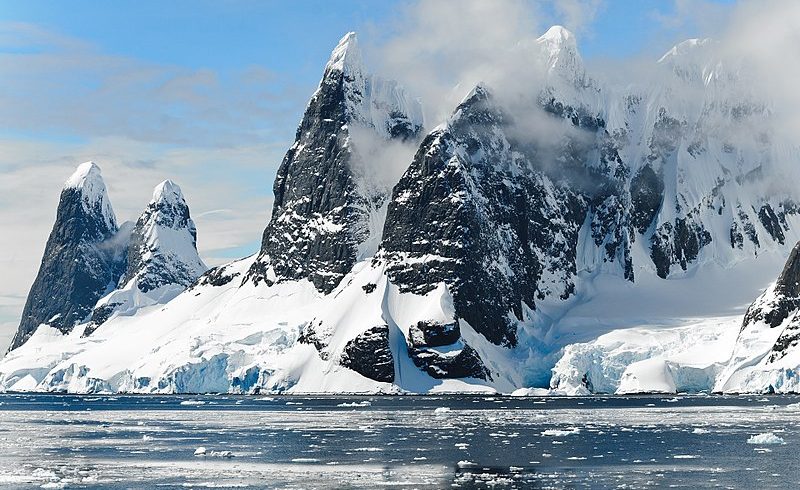
The basin of Wilkes
Recent research has shown that the ice in Wilkes’ pelvis could be very unstable. The dissolution, in this area, would lead to an elevation of the waters of about 3-4 meters, in a range of time of a hundred years.
What to do for tipping points?
According to the latest research, we have between 20 and 30 years to restore the Earth’s climate balance. To do this, we need to invest globally in decarbonization policies. And obviously, people must do everything they can to limit emissions with their daily behaviors and during holidays.
Continuing to live in this way and risking a global tipping point is an irresponsible option. The climatic emergency is a concrete fact in which we must all actively strive to save planet Earth.
Cover image: photo by Colin Maynard via Unsplash
